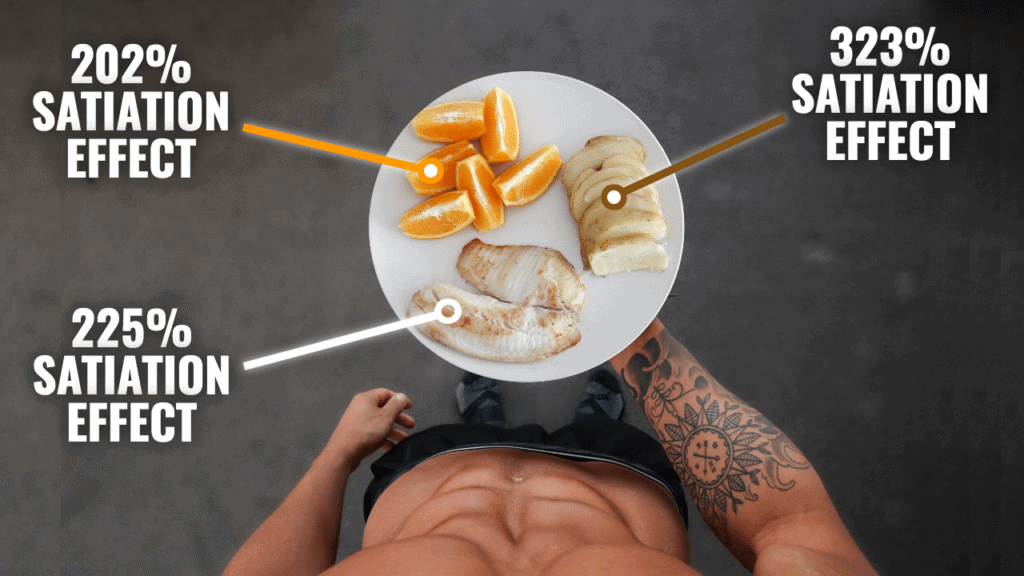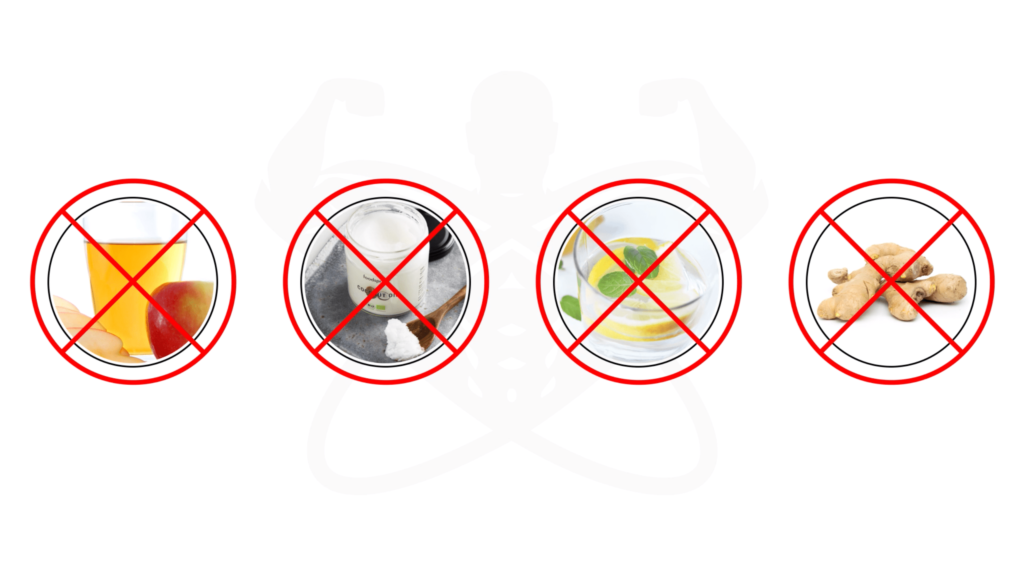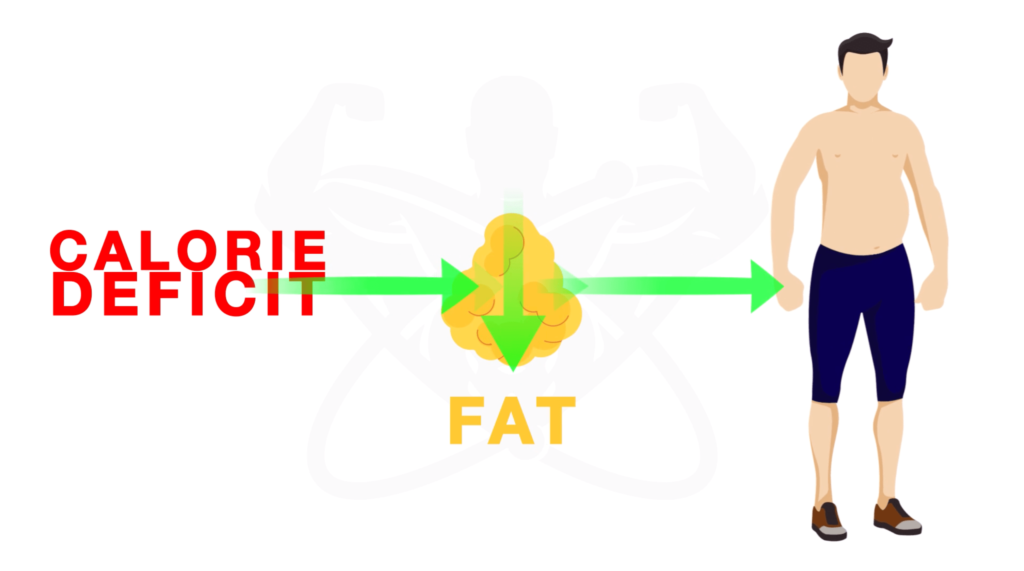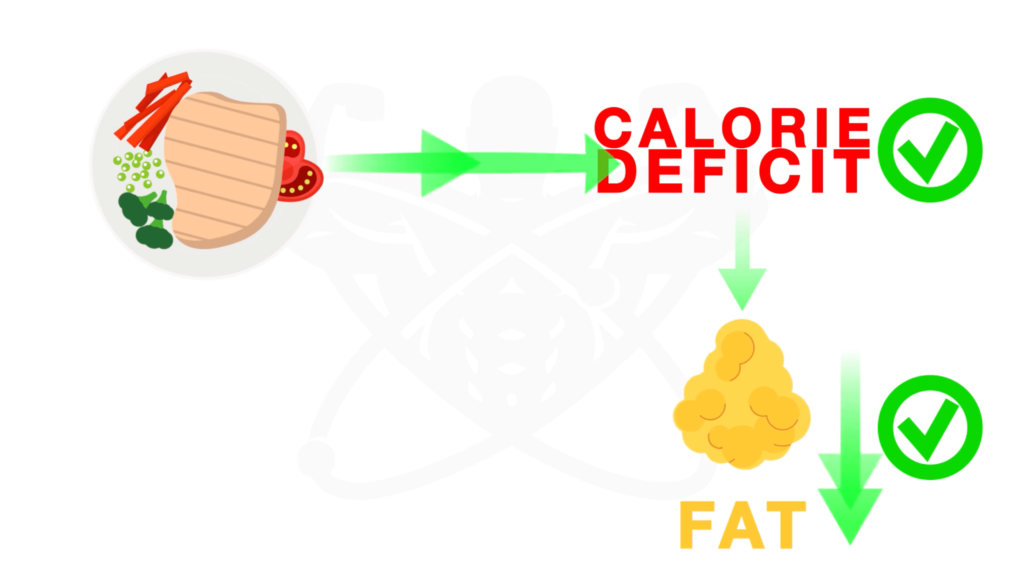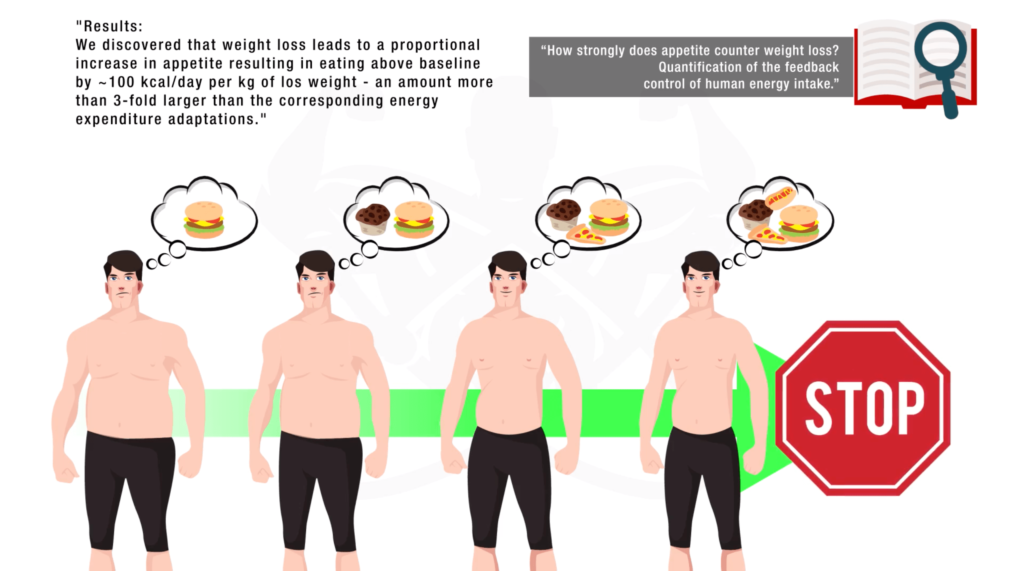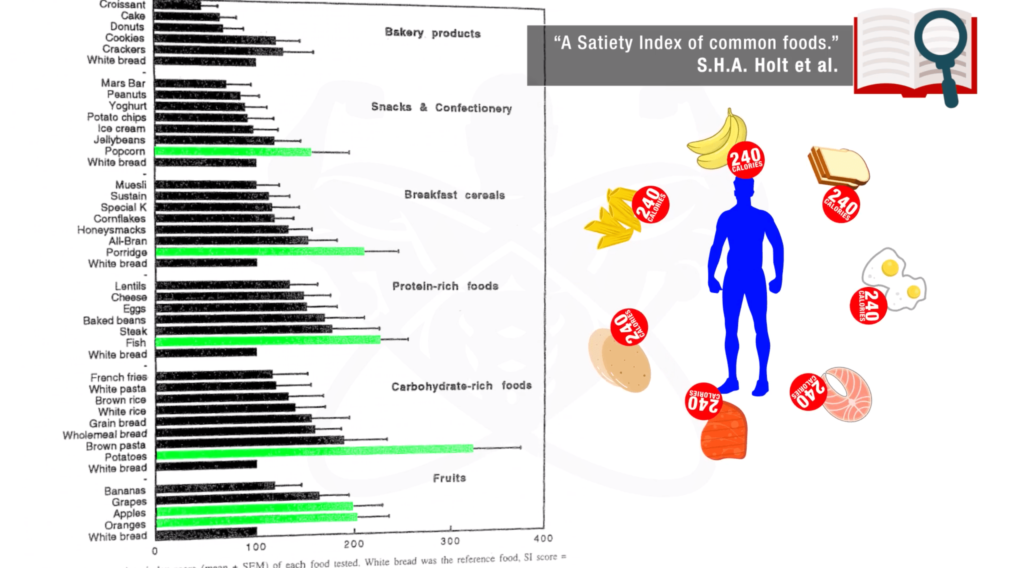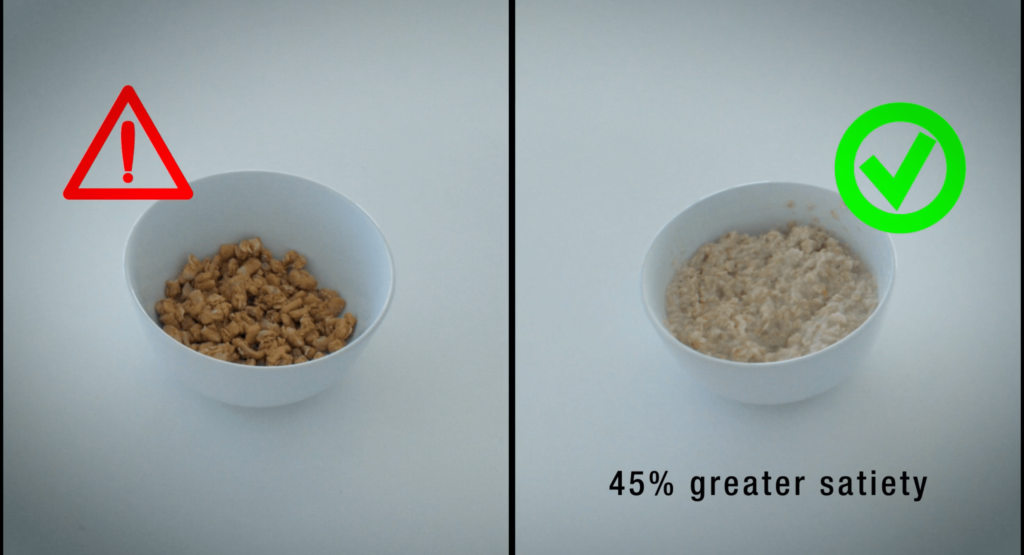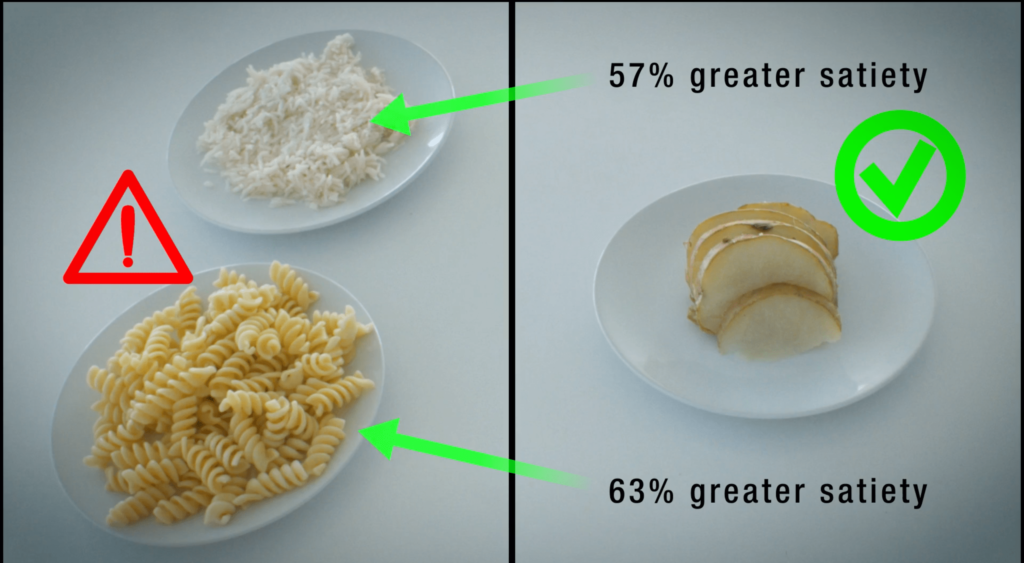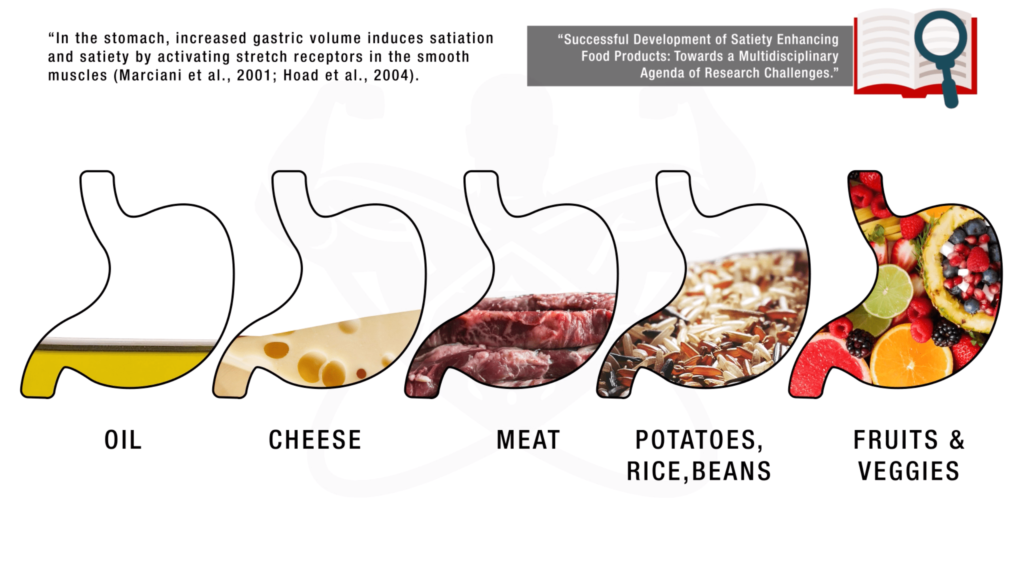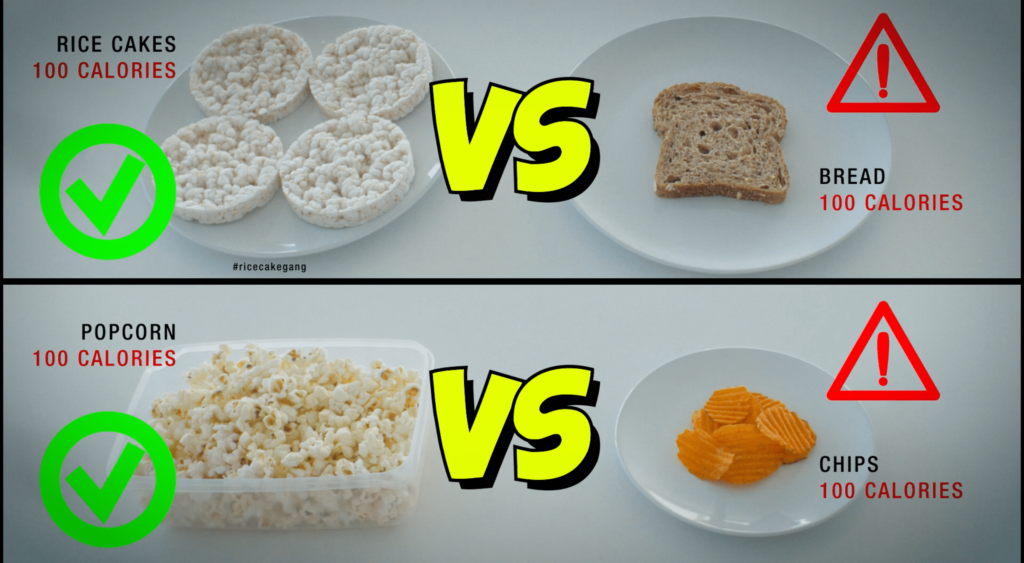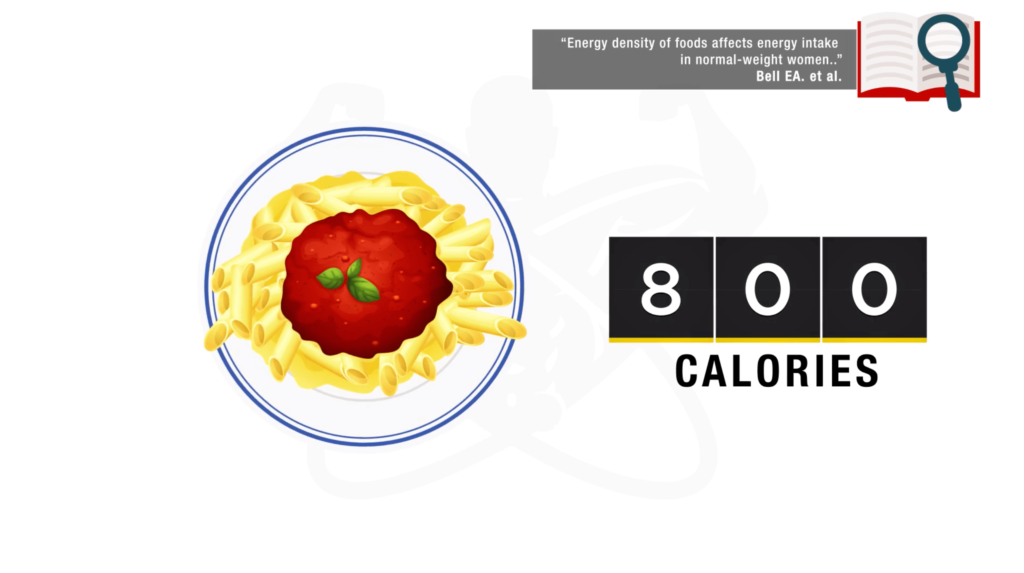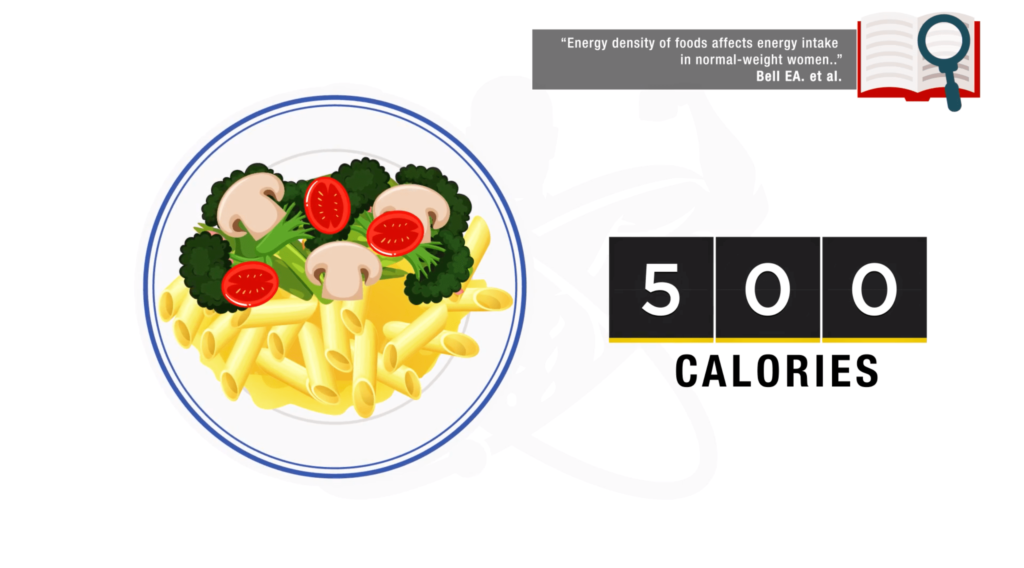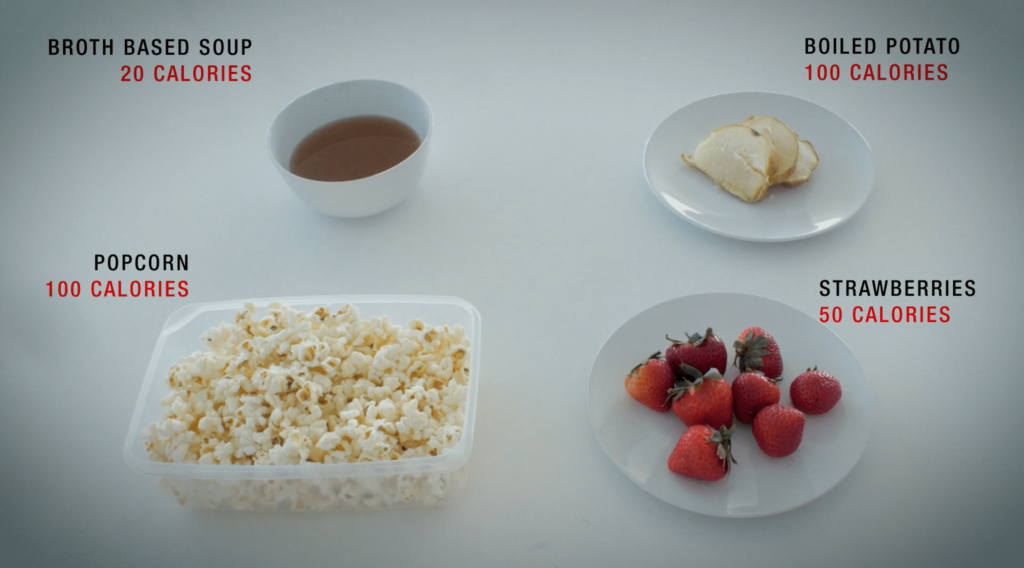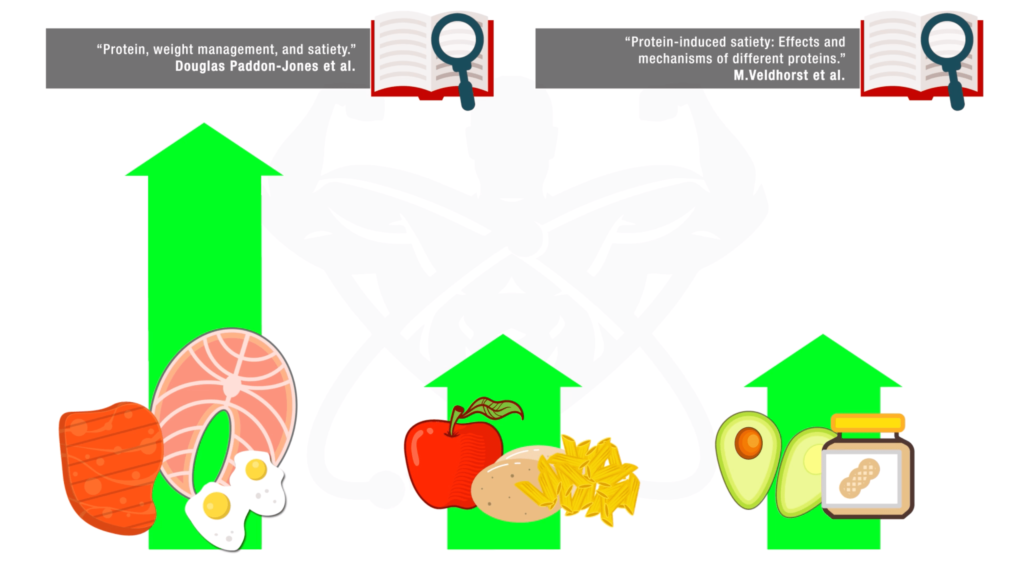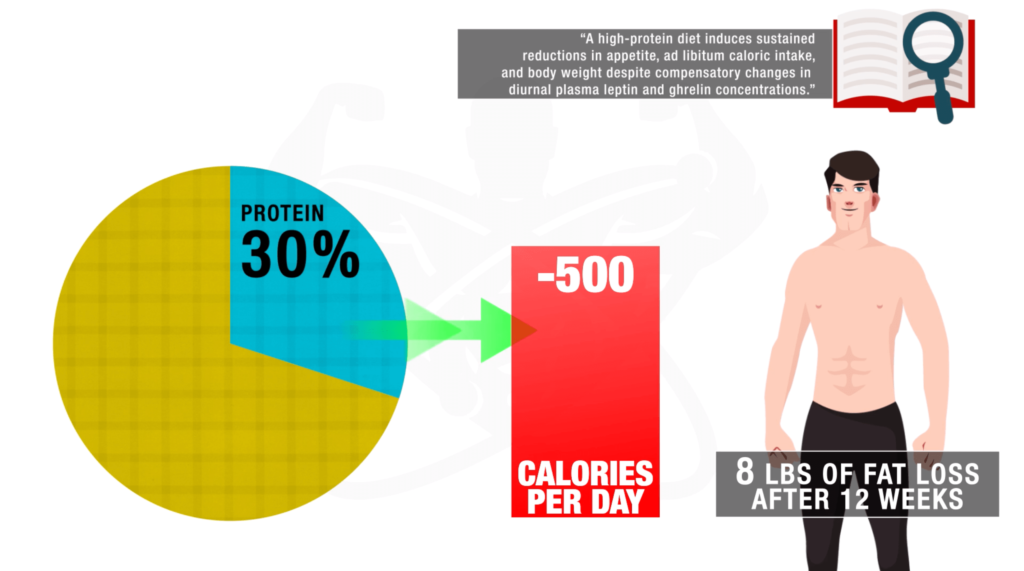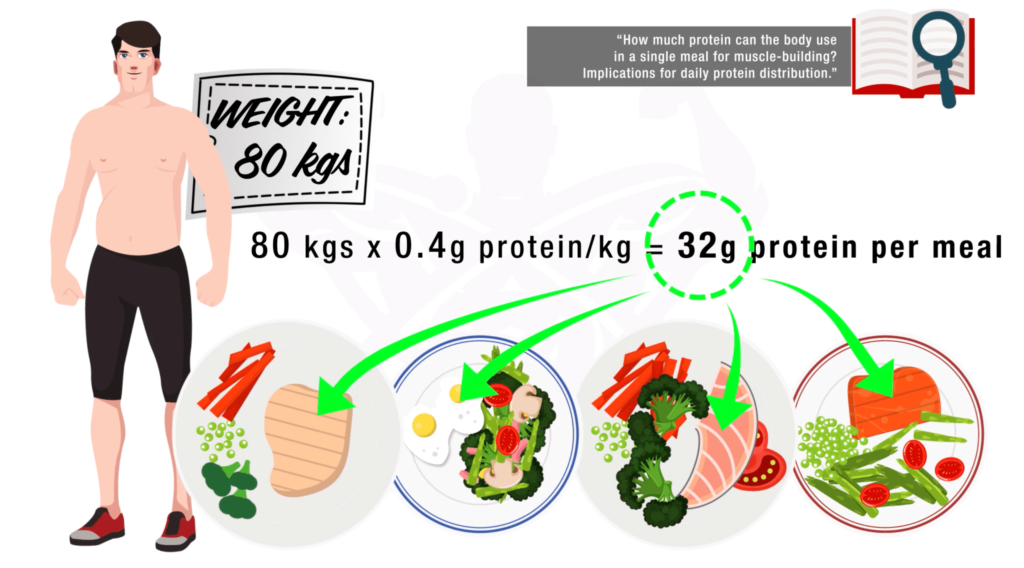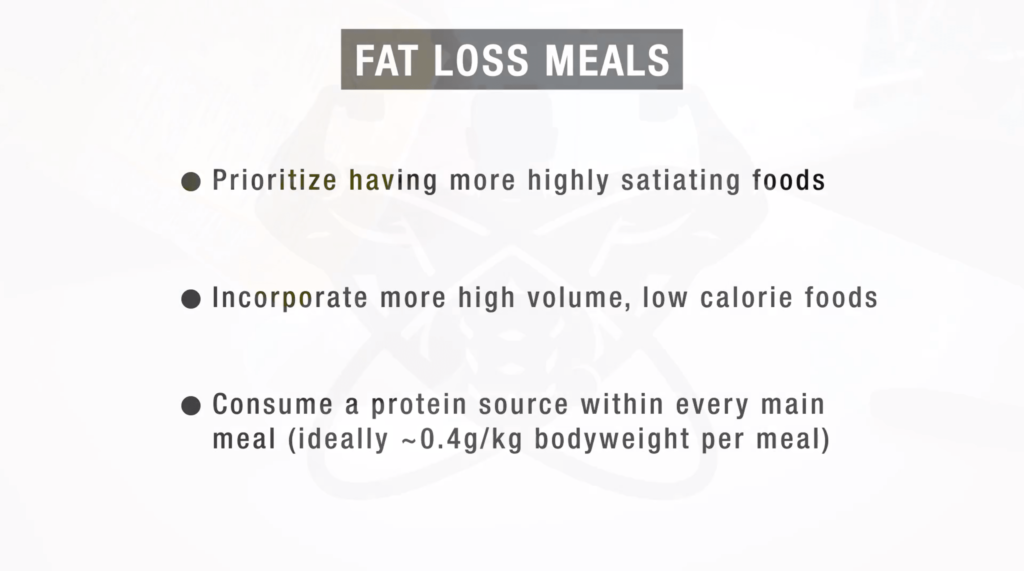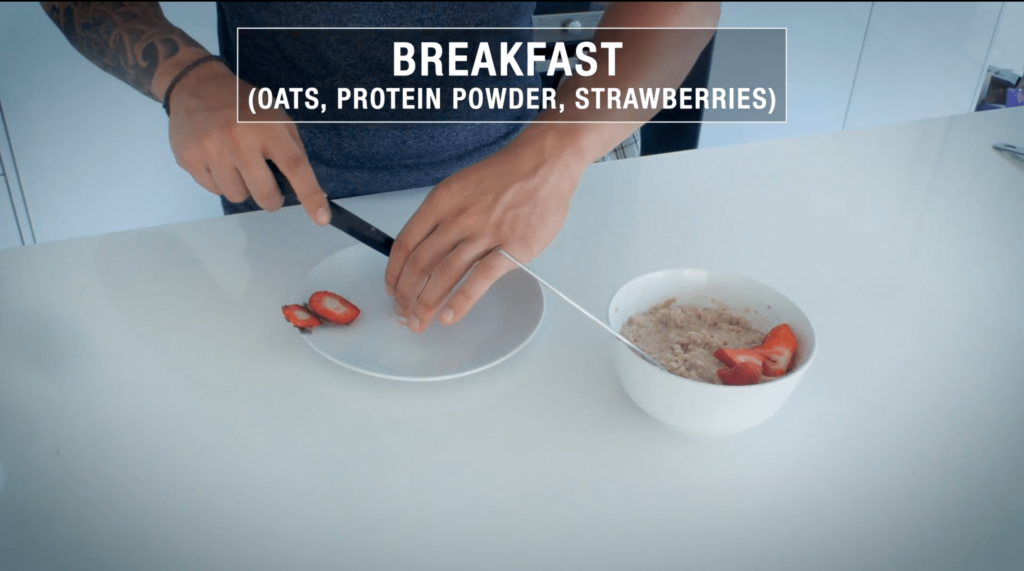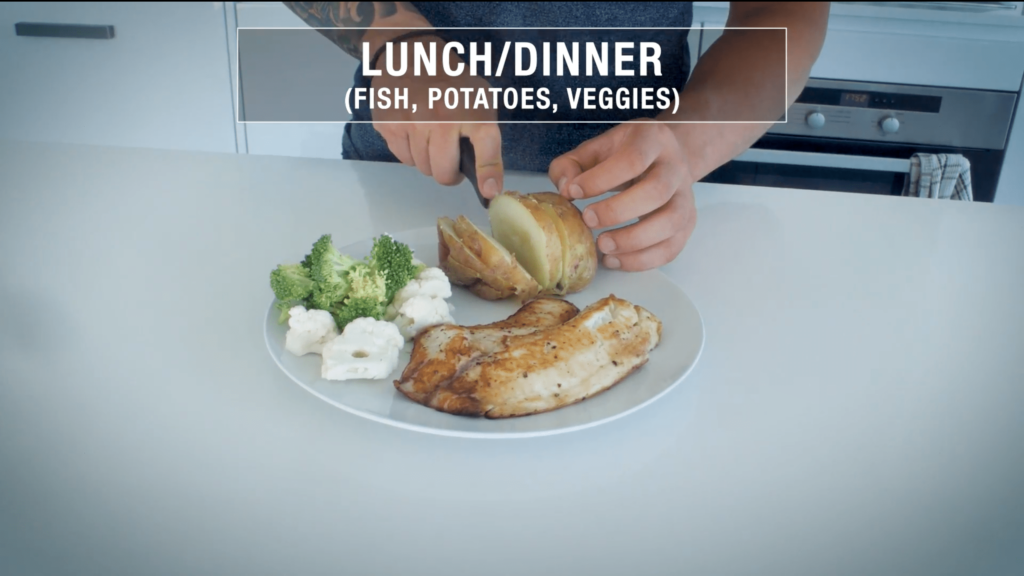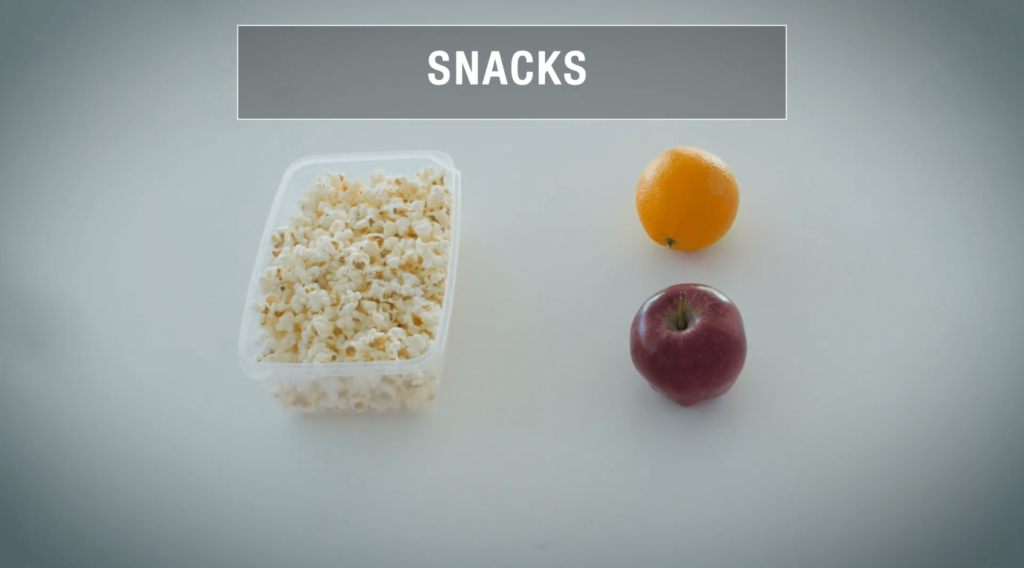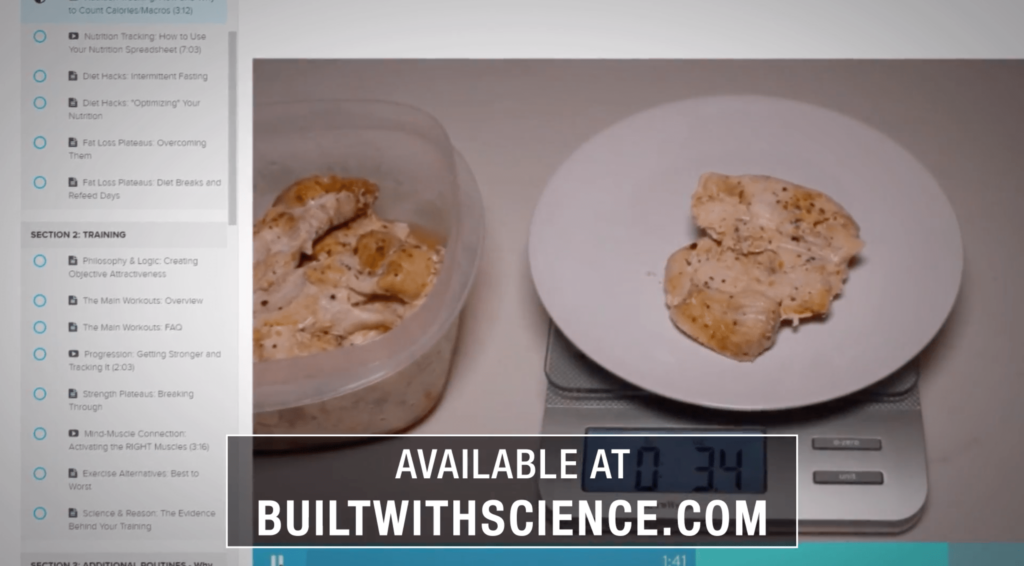What To Eat When Dieting - The Best Weight Loss Meals (9 Studies)
Have you been dieting for years with no results to show for it? Luckily for you, I'll be covering the top three essential dieting tricks you need to adopt. I'll also include several ideas for weight loss meals that you can incorporate so you (finally) achieve the weight loss results you desire.
We all know the importance of nutrition when it comes to losing fat. You can train as hard and as often as you're physically capable of, but if you slack off in the dieting aspect - not eating the right meals and the right amounts, you're not going to lose fat.
Let's face it. There's a ton of nutrition misinformation floating around. It then becomes challenging for you to know which foods you should include in weight loss meals. As a result, this point is where most people get stuck.
But the truth is that coming up with weight loss meals is a lot simpler than you think. Ultimately, dieting for fat loss boils down to a few essential tips I'll be sharing with you in just a bit. And yes - these are all tips that most ripped, lean individuals follow.
As I’ve said in the past, your nutrition will hands down be the most important factor when it comes to transforming your body. I used to be completely lost as to how to approach my nutrition and I know a lot of you out there are as well. This is exactly why within my Built With Science programs, I not only cover training but also stress the importance of nutrition. In fact, I even developed a custom-built nutrition software designed to optimize your diet based on your own stats and goal. For more information:
Click the button below to take my analysis quiz to discover the best program for you:
↓
There are no magical fat loss foods
Forget everything you've read in those clickbaity health and fitness articles. Despite what you may have been led to believe, there are no magical weight loss foods that will burn fat for you in the absence of a calorie deficit.
Remember: the primary principle of fat loss is a consistent calorie deficit. That's it.
To optimize your nutrition for fat loss, you - therefore - need to design your weight loss meals in a way that is easy for you to maintain a calorie deficit. And you can do so by consuming meals that both fill you up more and for longer. Ultimately, this prevents you from overeating out of your deficit.
Incorporating meals that are highly satiating for long periods is critical as research has shown that an increase in appetite is a crucial reason why fat loss eventually slows down for most people.
In a 2009 paper, researchers found that subjects began to experience increased hunger in tandem with weight loss. In turn, they began to consume more calories subconsciously. And this caused their fat loss progress to come to a screeching halt.
Fat loss diet tips
So, to help you avoid hitting the much-dreaded fat weight loss plateau, I'll go through three essential tips relating to flexible dieting for fat loss purposes. I'll also include several meal prep ideas for fat loss you can incorporate into your daily lives.
1) Include high satiety foods
First, you need to include foods that are highly satiating into your weight loss meals. And to do this, we'll use the findings of a classic 1995 study.
In the study, researchers from the University of Sydney investigated the effects of 38 different common foods on hunger levels. They fed participants a serving size of 240 calories of each common food and then measured subjective hunger ratings.
And as you can see from the results, you can see that the researchers found the following to be the most satiating foods:
- Popcorn
- Oats
- Fish
- Potatoes
- Apples
- Oranges
So - this means that if you were to incorporate the foods mentioned above into your weight loss meals, you'd be able to stay full for longer throughout the day. And the best part? You don't have to sacrifice a ton of calories, either. Talk about bang for your buck.
How can I add high satiety foods into my weight loss meals?
An easy way for you to implement this tip is to make a few smart food swaps into your current meals.
For example, instead of having a bowl of cereal for breakfast, switch it out for oats, which have a 45% greater effect on satiety.
And instead of having white pasta or white rice in your main meals, go for baked or boiled potatoes. Those have a 63% and 57% greater effect on satiety, respectively.
You can also opt for high satiety fruits like oranges and apples as snacks to keep you full between meals.
By incorporating these simple swaps, you'll observe a significant improvement in your ability to stay full and consistently maintain a calorie deficit. You'll, therefore, be better able to burn fat.
2) Opt for high-volume foods
Next, ensure that the foods you consume are high in volume in comparison to their calorie density. Why? Well, that's because one of the signs your nervous system uses to signal fullness to your brain is the degree to which your stomach stretches.
So, as you can imagine, the higher in volume the foods are that you eat, the more you will be able to fill up and stretch the stomach.
Ultimately, this means that if you design your meals such that you consume foods that are higher in volume yet lower in calorie density, you'll stay satiated longer. And you don't have to worry about taking in a ton of calories either.
And to put this into perspective for you, let's compare rice cakes and a bowl of popcorn to this slice of bread and chips. Take note that they're all 100 calories.
It should now be clear which ones will keep you fuller for much longer - despite being the same amount of calories.
A paper from the Journal of Clinical Nutrition illustrates this point perfectly.
This paper found that just by replacing a portion of a pasta dish with vegetables not only lowered the calorie content of the meal but also led to enhanced fullness and satiety in participants post-meal. As a result, they consumed fewer calories than they would otherwise have.
How can I add high volume foods into my weight loss meals?
As mentioned above, you can do so with veggies. But there are other practical high-volume foods available too. For example, you can include fruits, air-popped popcorn, broth-based soups, and potatoes into your meals meant for fat loss.
And to be honest, I personally also strive to include more fruits and veggies into all my meals. I'd recommend you to start doing the same as well. You can do so by just swapping in a couple of servings of vegetables into your meals.
In time to come, you'll find that doing so will help keep you full and maintain your calorie deficit in the long term.
If you wish to get more guidance on this, don't worry. Our 3-on-1 coaching program can help. You will not only have a dietitian to customize your nutrition plan, but also a coach to focus on your training plans - plus, there's me to answer your questions every month! You'll achieve your dream physique in record-breaking time. Sounds good? Let's get started then:
Click the button below to find out more about the 3-on-1 coaching program:
↓
3) Consume more protein
The final tip is to boost the protein content of your meals. Why? Well, this is because multiple research reviews have shown that protein is significantly more satiating than both carbohydrates and fats.
So, by increasing the protein content of your meals, you will feel more satisfied after. And this makes it more likely for you to stay in a calorie deficit.
A classic example of this is a 2005 study from the University of Washington. The study found that when subjects increased their protein intake from 15% to 30% of their daily caloric intake, they experienced a sustained decrease in hunger.
And their spontaneous food intake dropped by an average of around 500 calories per day. As a result, they were able to lose over 8 lbs. of fat in just 12 weeks!
Research shows that an increase in protein intake by just as little as 5% helps with losing fat by enhancing satiety and promoting muscle maintenance.
As you can see, you'd be better off following a high protein diet for muscle gain and fat loss purposes when it comes to weight loss meals. Even if you're not a fan of high-protein foods.
But - how much protein is enough in weight loss meals?
Based on a 2018 review paper, the optimal protein amount in a meal seems to be around 0.4 grams of protein per kilogram of body weight. And this is particularly so if you either:
- Consume four meals daily;
- Or consume three meals and a high protein snack daily
So - aiming for that amount will be an easy way to keep you full throughout the day. You'll find that this indirectly boosts fat loss, as a result.
Putting this into practice
So, to put this all into practice, here are the three things you want to prioritize when it comes to planning weight loss meals:
- Have more highly satiating foods
- Incorporate more high-volume, low-calorie foods
- Consume a protein source within every main meal
And to help you see what this looks like, here are a few easy ideas for weight loss meals:
Breakfast (Oats, protein powder, strawberries)
For breakfast, oats are a great option. They are highly satiating. And you can choose to add whey protein into your oats to boost your protein intake and fullness levels. Strawberries are also a great low-calorie and high-volume meal that can be added to increase satiety further.
Lunch/Dinner (Fish, potatoes, veggies)
Then for lunch and (or) dinner, boiled potatoes are a great option. Remember how we mentioned that they were found to be the most satiating food?
You can add a highly satiating protein source, such as fish, to the meal. Also, add more volume to your meals through veggies. There you have it: a substantial meal that will keep you full for several hours on end.
Snacks
And lastly, for snacks, foods such as minimally flavored popcorn, oranges, and apples are all great options.
And that's it. I promised that it wouldn't be difficult, didn't I? If you're concerned about further enhancing your weight loss, find out what type of meals you eat after a workout. You should also check out how you can use fasted cardio to burn fat.
I hope you were able to see that it’s little tweaks in your diet that make all the difference when it comes to losing fat. Do keep in mind that you cannot expect immediate weight loss effects through meal changes. Your fats will not magically melt off in a week.
That’s why within my Built With Science programs, you’ll learn not only precisely what and how much you need to be eating, but I’ll also show you how to properly set up and structure the best meal prep for fat loss such that it makes the entire process as smooth as possible:
Click the button below to take my analysis quiz to discover the best program for you:
↓
I hope you enjoyed this article and found it useful! Don’t forget to give me a follow and connect with me on Instagram, Facebook, and Youtube as well, in order to stay up to date with my content. Happy dieting!






